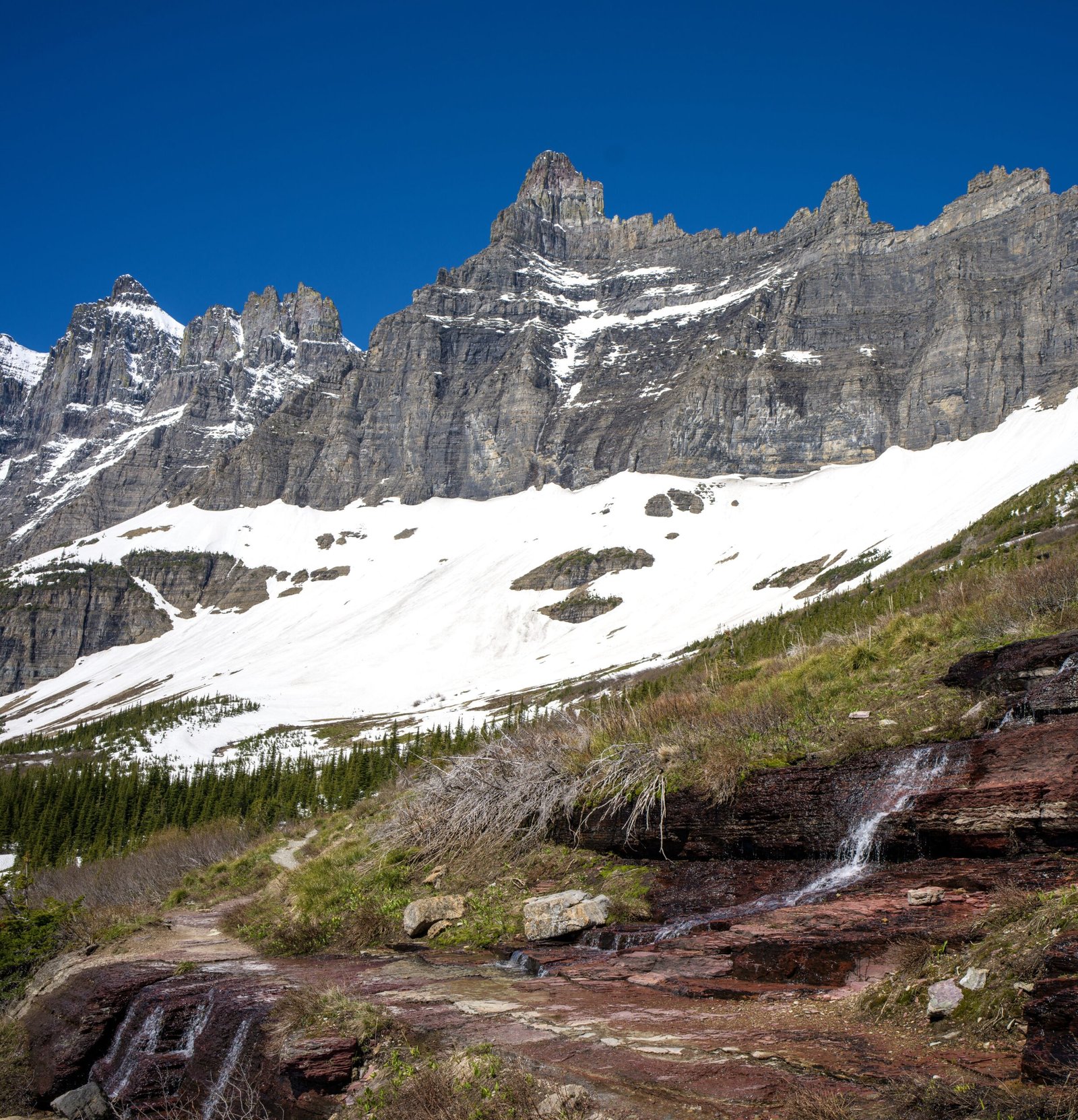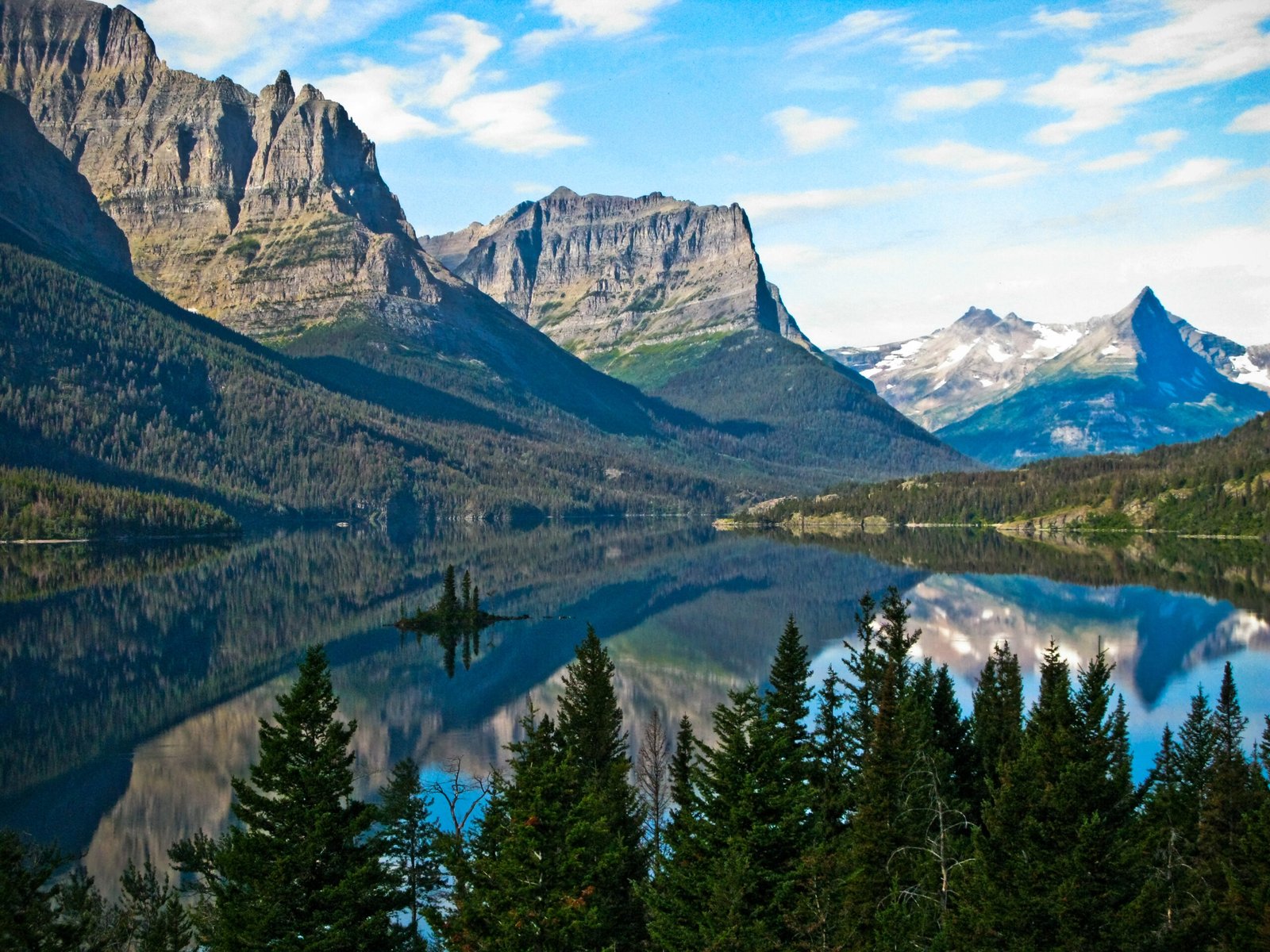Bear lockers are secure storage units designed to protect food and scented items from bears in wilderness areas. These sturdy containers are crucial for maintaining safety in bear country, preventing wildlife encounters, and preserving the natural behavior of bears. Typically made of metal, bear lockers feature bear-resistant locking mechanisms and are strategically placed in campgrounds, picnic areas, and trailheads to ensure proper food storage and minimize human-bear conflicts.
What Are the Dimensions and Capacities of Bear Lockers?

Bear lockers come in various sizes to accommodate different storage needs:
- 15 cubic foot lockers
- 24 cubic foot lockers
- 30 cubic foot lockers (can fit two large coolers plus dry goods)
The specific dimensions may vary by manufacturer, but they are designed to provide ample space for campers and hikers to store their food and scented items securely.
How Do Bear Locker Locking Mechanisms Work?


Bear lockers are equipped with sophisticated locking systems to prevent bears from accessing the contents:
- Bear-resistant double point locking mechanisms
- Self-latching systems
- Heavy-duty steel or stainless steel door hinges
These features ensure that the lockers are:
– Easy for humans to operate
– Difficult for bears to open
– Resistant to corrosion and wear
Where Are Bear Lockers Typically Installed?
Bear lockers are strategically placed in areas with high bear activity and human presence:
- Campgrounds
- Picnic areas
- Trailheads
- Small backcountry campsites
While specific GPS coordinates are not provided for Glacier National Park, visitors can expect to find bear lockers in these common areas throughout the park.
Are Bear Lockers Accessible to All Visitors?
Accessibility is a key consideration in the design and placement of bear lockers:
- Many bear lockers are ADA-compliant
- Designed to be usable by visitors with disabilities
- Placed in easily reachable locations within campgrounds and other developed areas
This ensures that all visitors can safely store their food and scented items, regardless of physical abilities.
What Are the Regulations for Using Bear Lockers?
Proper use of bear lockers is essential for visitor safety and wildlife protection. Here are the key regulations:
- All food must be stored in bear-resistant containers or lockers
- Garbage and scented items must also be secured
- Food storage must be at least 100 feet from camp
- Lockers must remain closed and latched at all times when not in use
Penalties for Non-Compliance
Failure to follow bear locker regulations can result in:
– Fines
– Enforcement actions
– Potential park expulsion in severe cases
It’s crucial to adhere to these rules to maintain safety and preserve the natural behavior of wildlife.
Do Bear Locker Regulations Change with Seasons?
While core regulations remain consistent year-round, there may be seasonal variations:
- Increased enforcement during peak bear activity seasons
- Additional precautions during berry season or other high-food periods for bears
- Possible closures of certain areas based on bear movement patterns
Visitors should always check current park advisories for the most up-to-date information on bear safety and locker usage.
How Often Are Bear Lockers Maintained?
Regular maintenance is crucial for the effectiveness of bear lockers:
- Park staff conduct routine inspections
- Repairs are made promptly to ensure functionality
- Cleaning may be performed to remove food odors
While specific maintenance schedules for Glacier National Park are not provided, it’s standard practice for national parks to maintain these facilities regularly.
What Is the Effectiveness of Bear Lockers in Preventing Incidents?
Bear lockers have proven highly effective in reducing human-bear conflicts:
| Park | Result |
|---|---|
| Glacier Bay National Park | Significant decrease in bear-related property damage |
| Yosemite National Park | 95% reduction in bear incidents after implementation |
These statistics demonstrate the crucial role bear lockers play in wildlife management and visitor safety.
How Should Visitors Prepare for Using Bear Lockers?
To make the most of bear lockers, visitors should:
- Plan food storage needs in advance
- Bring appropriate containers that fit in the lockers
- Familiarize themselves with locker locations in their camping area
- Learn proper operation of the locking mechanisms
- Prepare a list of all items that need to be stored (including non-food scented items)
What Items Must Be Stored in Bear Lockers?
Bear lockers are not just for food. They should be used to store:
- All food items
- Trash and food waste
- Toiletries and scented products
- Pet food
- Cooking equipment and utensils
- Coolers and food containers
Essentially, anything that might attract a bear’s attention should be secured in the locker.
Can Bear Lockers Be Reserved in Advance?
Bear locker availability and reservation policies can vary:
- Some parks operate on a first-come, first-served basis
- Others may allow reservations for specific campsites with lockers
- In busy areas, sharing lockers with neighboring campsites may be necessary
Visitors should check with the specific park or campground for their policies on bear locker use and availability.
By understanding and properly using bear lockers, visitors can significantly contribute to their own safety and the preservation of natural bear behavior in wilderness areas like Glacier National Park. These sturdy storage units are an essential tool in managing human-wildlife interactions and ensuring that both visitors and bears can coexist safely in our national parks.
Reference:
1. https://www.nps.gov/glac/learn/management/upload/2010-Bear-Management-Guidlines.pdf
2. https://www.bearicuda.com/food-containers/metal-food-storage-lockers.php
3. https://www.nps.gov/glba/planyourvisit/canister.htm